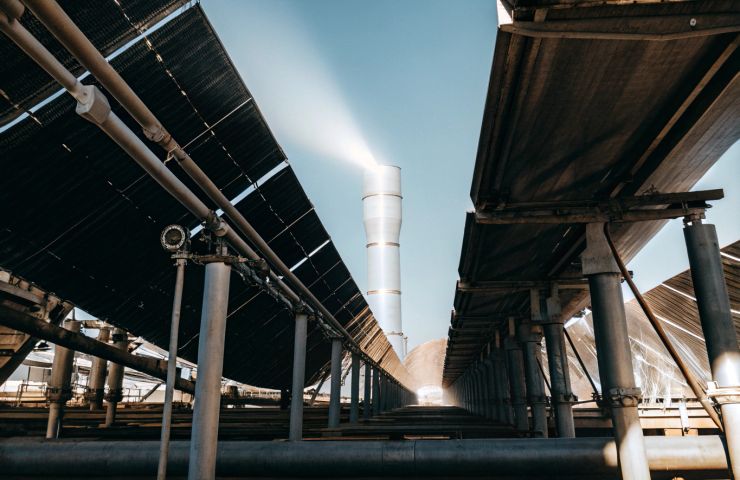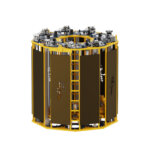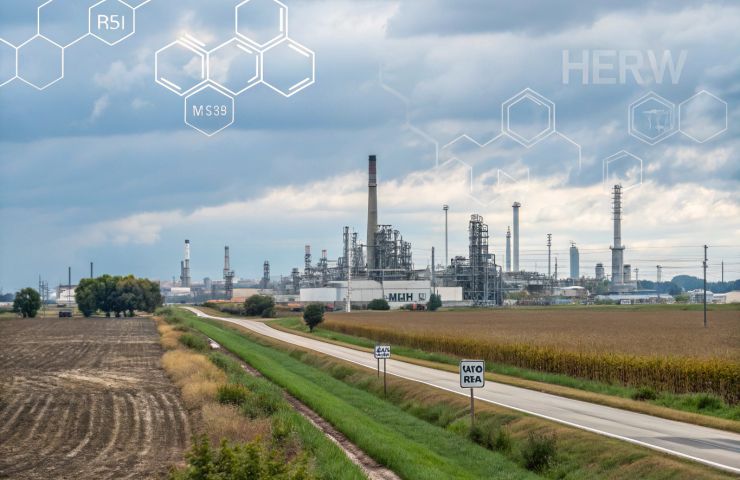CSIRO’s ‘Beam-Down’ Reactor Pushes Green Hydrogen Into Industrial Spotlight
CSIRO has demonstrated Australia's first beam-down solar reactor in Newcastle, achieving high-efficiency green hydrogen production. This breakthrough targets decarbonizing heavy industry and positions Australia as a potential hydrogen export leader.


Australia’s Solar-Powered Leap Forward in Hydrogen Production
It looks like Australia just turned up the heat in the global clean energy game. CSIRO has rolled out something truly groundbreaking: the successful demo of the country’s very first solar-powered “beam-down” reactor at the Newcastle Energy Centre. And that’s not just a fancy science trick—it’s a big move for pushing green hydrogen closer to heavy-duty industrial use.
Teaming up with Niigata University in Japan and backed by the Australian Renewable Energy Agency (ARENA), CSIRO’s project is all about creating hydrogen using nothing but sunlight.
So, What Exactly Is a Beam-Down Reactor?
Picture this: mirrors high up on a tower catch sunlight and bounce it down to a solar reactor at ground level. Inside, a special material known as doped ceria gets heated up, goes through some clever chemistry with steam, and—voilà—out comes hydrogen and oxygen. The secret sauce? A series of redox reactions (basically oxygen exchange cycles), all powered by the sun—with no fossil fuels needed.
Sounds simple, but don’t let that fool you—this system is punching above its weight. According to the sources, it’s already hitting potential solar-to-hydrogen efficiency levels north of 20%, which puts it ahead of your average methods. In plain terms: sunshine and water go in, hydrogen fuel comes out, and the whole thing can keep running, cleanly and repeatedly—without needing electricity.
Why Newcastle? A City Built for Carbon-Free Industry
Long known for coal and heavy industry, Newcastle is rewriting its story. CSIRO chose it not just for its sunny skies, but because the region already has the right industrial bones—like existing infrastructure and a skilled workforce—to whip up a new identity powered by zero-emission technology.
The Newcastle Energy Centre is home to the largest high-concentration solar array in the Southern Hemisphere, making it the perfect spot to put this reactor to the test. And as industries like iron ore mining and alumina refining look to go green, this kind of tech could be a game-changer.
Tackling the Tough Stuff: Decarbonizing Heavy Industry
Here’s the deal—some industries just can’t be electrified easily. Steelmaking, shipping, and other energy-heavy sectors are still stuck on fossil fuels. That’s where CSIRO’s solar hydrogen approach shines. By using solar heat directly, the process ditches the need for expensive electrolysis and taps into one of Australia’s best natural assets: endless sunlight.
According to CSIRO, this technology could unlock a whole bunch of clean energy benefits:
- Powering up those energy-thirsty industrial processes where electricity just won’t cut it
- Making green ammonia and other hydrogen-based fuels a reality
- Positioning Australia as a global hydrogen exporter, especially for markets like Japan
“Reaching net-zero means cleaning up industry, full stop. This reactor is one way to do it,” said one member of the CSIRO team.
From Lab Curiosities to Industrial-Scale Reality
Solar thermochemistry isn’t brand new—it’s been bubbling in labs for decades. But until recently, it’s struggled to make it past small-scale trials. The big hurdle? Hitting the ultra-high temps needed, while keeping materials stable and reusable.
This marks the first time Australia has proven the beam-down reactor can work at an industry-relevant scale. It’s also one of only a few such success stories globally. Years of investment in solar research and materials science—including breakthroughs around doped ceria—are finally paying off, turning decades of R&D into something with real-world bite.
Where Do We Go From Here?
The journey’s just getting started. Next up, CSIRO is diving deeper into advanced materials like perovskites to drive efficiencies even higher. At the same time, they’re looking into smart ways to ship this hydrogen abroad—methanol-based transport could be the ticket for long-distance delivery to partners like Japan.
The road ahead isn’t without its bumps. Scaling the tech, slotting it into existing supply chains, and getting hydrogen infrastructure off the ground are going to take serious effort. But one thing’s clear: this isn’t just an experiment anymore. It’s a real step toward sustainable energy and cost-friendly, large-scale hydrogen production.
Another Step for Green Hydrogen
With this reactor, CSIRO isn’t just showing off shiny new science. They’re kicking off a new conversation around industrial decarbonization—one backed by thoughtful collaboration, public investment, and a whole lot of sunshine. If prices keep trending down and global industries get on board, this could be the spark that lights a much bigger flame.
The age of efficient, solar-driven green hydrogen has arrived—and its first chapter is being written in Newcastle.
What's Your Reaction?


























































